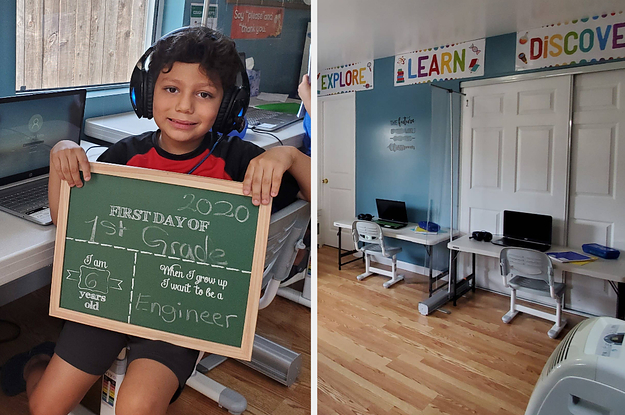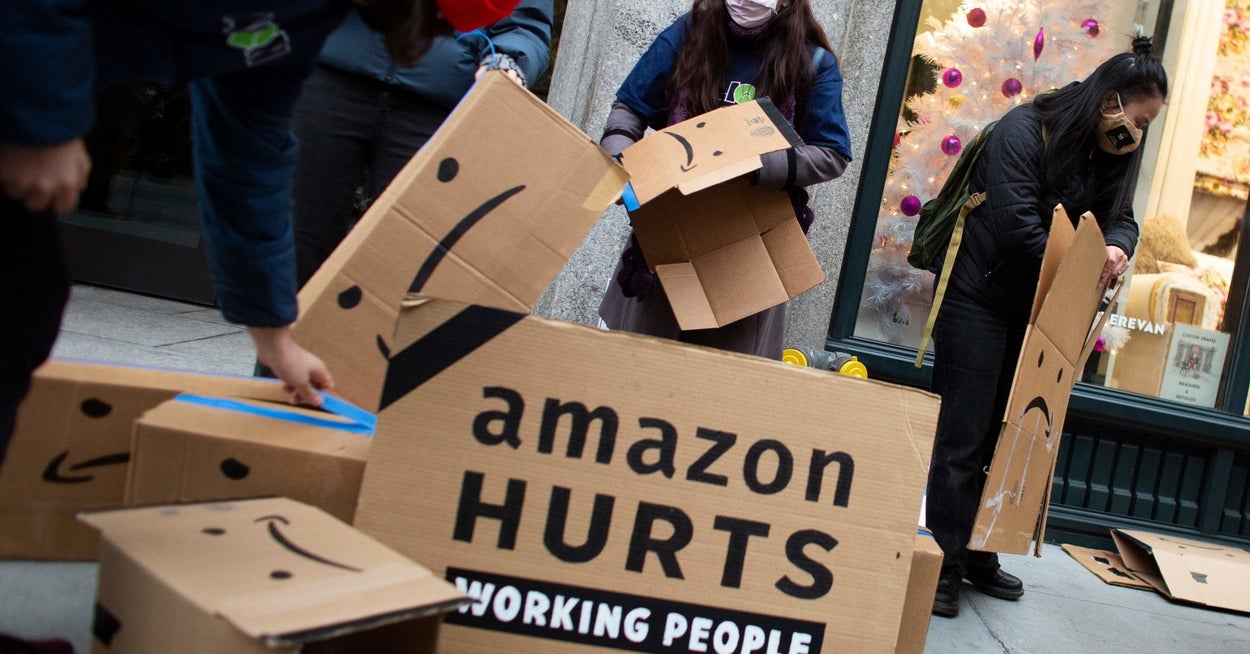Parents Who Work In Childcare Are Trapped In An Unsustainable System
Each morning at 4 a.m., hours before the sun rises, Monica gets out of bed and begins her day. First, she tends to her 1-year-old baby, before preparing coffee and breakfast. Then she and her child drive 10 miles north to a big, open house set on 40 acres in rural Alaska, where from 9 a.m. until 2 p.m., she watches over four children, plus her own son, as a private nanny.
Monica never expected to be a nanny. She was expecting to be a stay-at-home mom to her new baby. Then, her husband was laid off in March as the pandemic shut down the economy. Weeks went by without any income, as delays at the labor department held up unemployment benefits. But the Alaska air was still cold, and a $300 heating bill needed to be paid.
Her husband found work again in May, and in June, she found a job caring for the children of a nearby family for $14 an hour. That’s more than the state’s $10.19 minimum wage, but still not enough to afford childcare for her own baby, about $1,200 a month, if she and her husband were out working. The hiring family said she could bring her infant, who had been born 6 weeks prematurely, to work with her. So she agreed. And this is how she has kept her household afloat since COVID-19 turned everything upside down: caring for four children who aren’t hers — and one that is — for $14 an hour, 20 hours a week.
“It’s strange being on the other side of it, thinking that last year that we might need [childcare] and now I’m providing it,” she said.
The entire industry of childcare, as well as those who work in it, is facing a crisis. The fundamental issue is that while childcare is a huge expense for families, it still doesn’t cost enough to pay most workers in the field a wage that allows them to support their own children. Many daycare centers are facing financial ruin, with thousands already closed, as parents keep their children home out for fear for their safety.
“If childcare doesn’t work, the rest of the country doesn’t work. There’s a spotlight being shined on childcare now, but if it doesn’t lead to structural changes, it’s all for naught,” said Rhian Allvin, CEO of the National Association for the Education of Young Children.
Around the country, child caregivers overcame fears about exposing themselves and their families to the virus to earn a living, often from families that earn far more than they do. The median pay in this field is $24,000 a year, according to the US Bureau of Labor Statistics (BLS). And this does not include the large number of workers who do the job off the books — with no benefits and often at lower wages. The average annual cost of infant care: $9,600 for family care, which is often home-based, and $15,000 for center-based care. This poses a huge dilemma for childcare workers who have children of their own.







